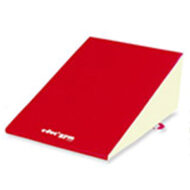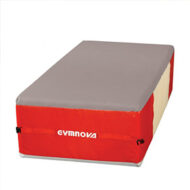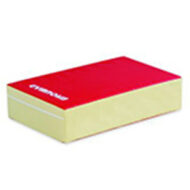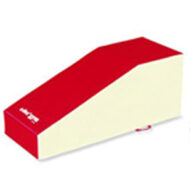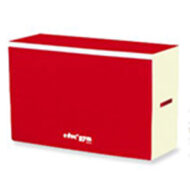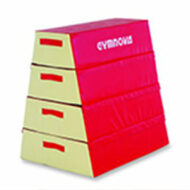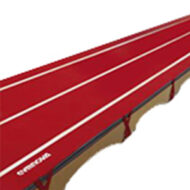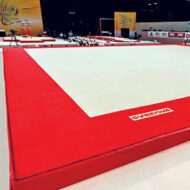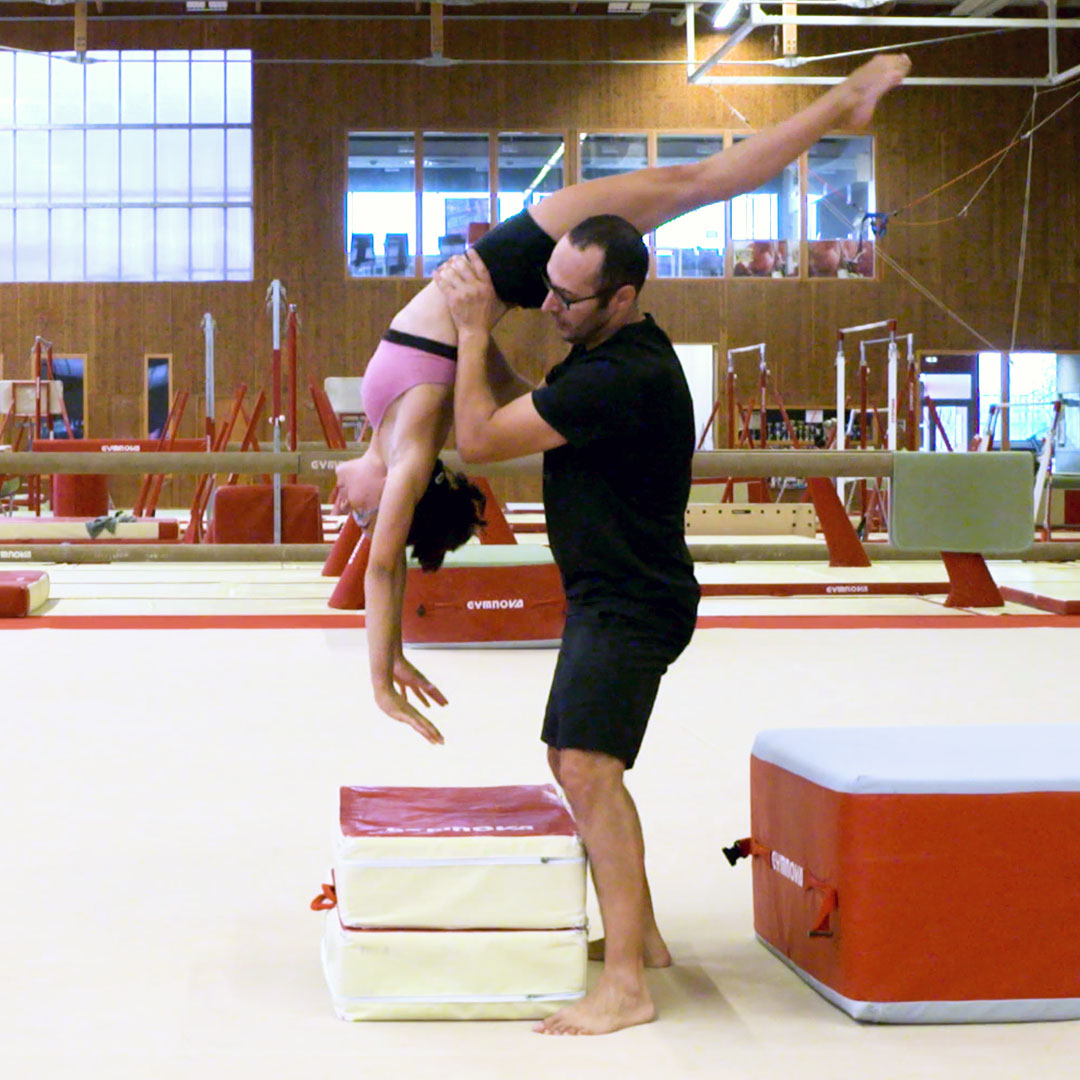The headspring
How to teach the headspring



Angelo Ritorto
The headspring
How to teach the headspring
description
In this new training series, we'll be looking at a somewhat unique technical element: the headspring.
Generally speaking, this is not a skill that we learn for performance in competitions.
But it is a skill that is amazingly effective when it comes to forward tumbling series.
It strengthens and improves the explosive qualities of the upper limbs and arching actions.
The headspring requires power, flexibility and coordination. This concentration of physical qualities has to be expressed in just a few seconds for the gymnast to be able to go upside down, take off, and come back to standing.
It's also interesting to note that generally speaking, gymnasts with a high level of potential for forward tumbling skills find it very easy to do. For some coaches, this can even be used as an indicator of future talent.
For all of these reasons, it's useful to teach it to our gymnasts and to integrate it into basic routines and other tumbling lessons.
In this training, you'll discover the technique, the prerequisites and the skill progression for this foundational skill.
Associated books
Let's Teach Artistic Gymnastics - Floor Skills - Volume 2
Learn how to teach:
• Cartwheel • Handspring • Run-up hurdle • Headspring • Flyspring •
All the exercises needed to learn basic forward acrobatic skills, from their beginnings to the execution of complete skills
→ 183 exercises - 230 pages - Format 15 x 21 cm -
A note on the series of books, "Let's teach gymnastics":
• Our books are essential companions to the video training on the same topics that you find in the section "Gymnastics Education" here on GymneoTV.
• Their spiral binding and tabbed pages allow you to quickly find the skills you want to look at, and easily locate the drills and training stations.
• The summaries of technique and the large format illustrations made to scale make these books the ideal companions to your training sessions.
Our advice:
• For training session prep: thanks to the technique summary and icons at the top of each page, you can easily find the stations that match the current needs of your gymnasts. You can also anticipate the equipment needs for your upcoming session.
• During training: with the help of realistic images, you can save time by showing your gymnasts the drills to work on. They will also be able to help you set up the training stations and thanks to the illustrations, they'll more easily understand the task at hand.
• You will improve the constant exchange that you have with your athletes. In fact, when giving your instructions, the illustrations create common ground for discussions or reference points. They make it easy to understand and/or visualize technical placements, which makes it much easier to learn the element.

